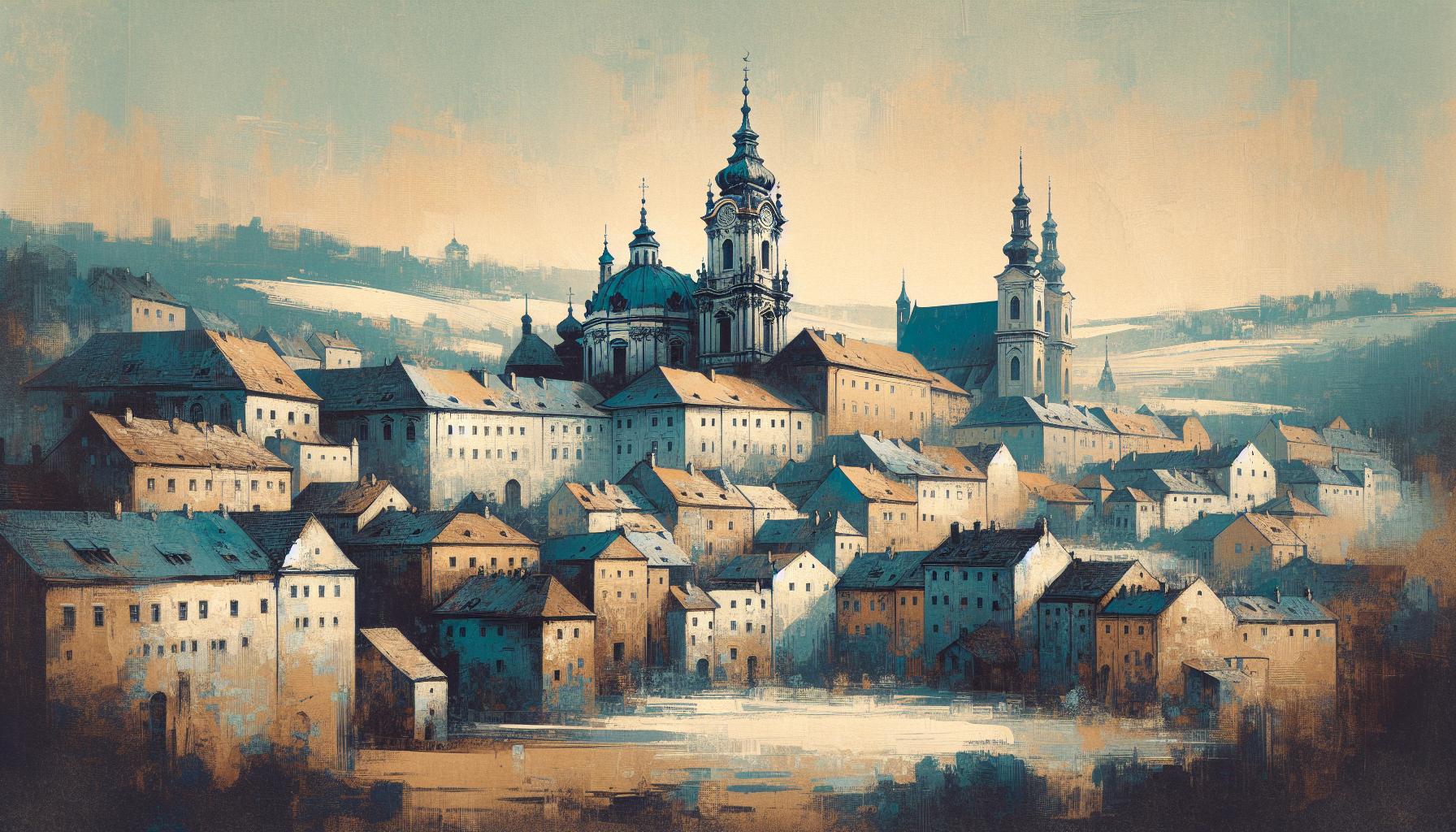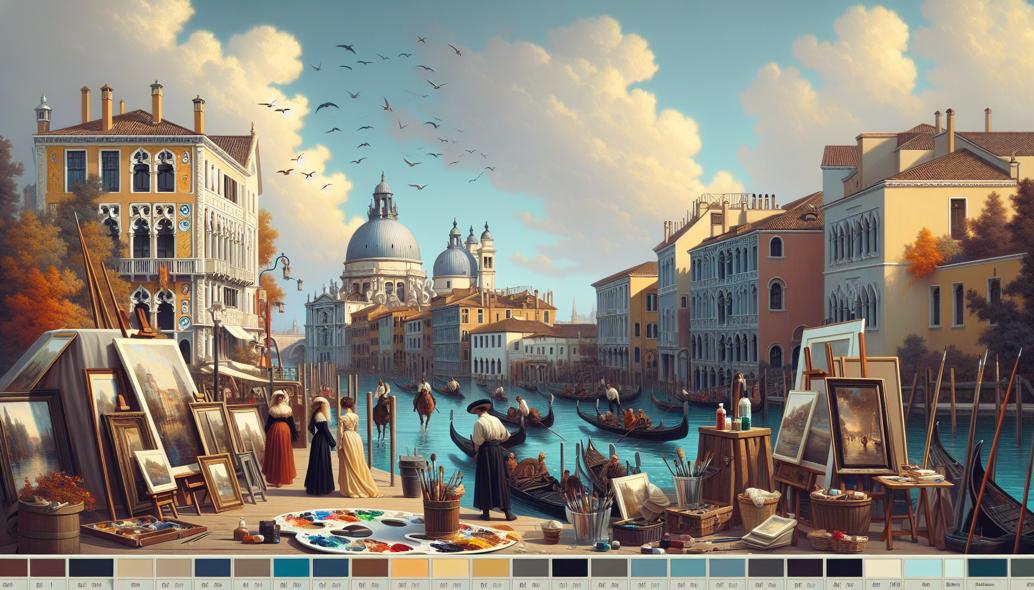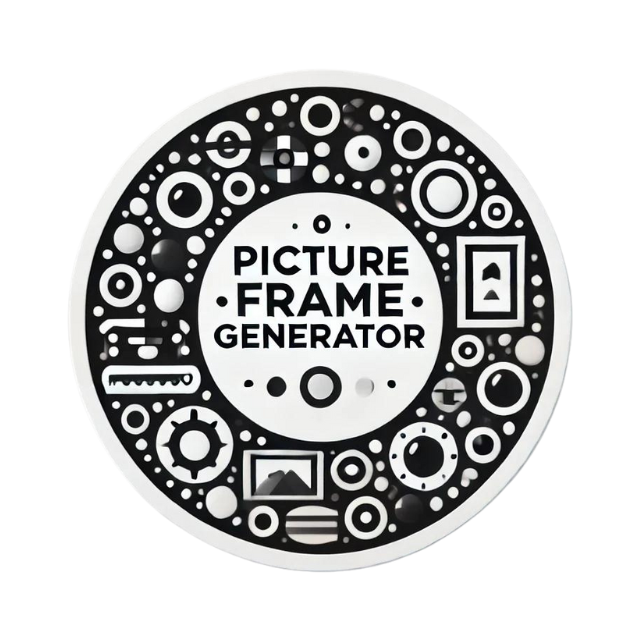Advanced Techniques in Oil Painting - Glazing and Scumbling
Unlock the secrets of glazing and scumbling in oil painting to transform your art with vibrant depths and intriguing textures. Dive into these techniques and elevate your masterpieces today.

Advanced Techniques in Oil Painting: Glazing and Scumbling
The realm of oil painting is vast, offering numerous techniques that propel an artist's work from ordinary to extraordinary. Among these, glazing and scumbling stand out as pivotal methods for artists aiming to enhance their work with layered effects. In this blog post, we’ll delve deep into the art techniques of glazing and scumbling, exploring their complexities and offering insights into how one can master these skills to achieve luminous and textured surfaces in oil paintings.
Understanding Glazing in Oil Painting
Glazing is a time-honored technique in oil painting that involves the application of a thin, transparent layer of paint over a dried, opaque layer. This method allows light to penetrate through the glaze and reflect off the opaque layer beneath, resulting in enriched color and depth. The primary objective of glazing is to modify the hue and value of the underlying painting subtly, without altering the image's clarity.
The Science Behind Glazing
In essence, glazing utilizes the physical properties of light and pigments. When light travels through a transparent glaze, it reflects off the layers beneath and back to the viewer’s eye, creating a luminous effect. This phenomenon allows artists to create surfaces with an iridescent glow, difficult to achieve with opaque paints alone. Each glaze layer must be translucent enough to allow light penetration while still influencing the overall tone.
Materials Needed for Glazing
To achieve successful glazing, an artist requires specific materials tailored for this technique. Essential materials include:
- Transparent and Translucent Paints: Choose pigments known for their transparency, such as Alizarin Crimson or Phthalo Blue. These paints are integral to achieving the desired translucency.
- Medium: Linseed oil, walnut oil, or commercially prepared oil painting mediums can be used to extend the pigment while maintaining transparency.
- Soft Brushes: Opt for soft-bristled brushes, such as sable or synthetic sable, to apply thin, even coats without disturbing the layers beneath.
Mastering the Glazing Technique
To master glazing, consider the following steps, which include preparation, layering, and patience:
- Preparation: Begin with a complete monochromatic underpainting or a finished painting that requires further depth. Ensure the underlayer is thoroughly dry (for oil paintings, this might take several days to weeks).
- Mixing Glazes: Mix your chosen transparent pigment with the medium to create a glaze. The ratio depends on the desired transparency, but a well-balanced mix often includes more medium than paint.
- Application: With a soft brush, apply the glaze in even strokes, slowly building up layers. Each coat should be allowed to dry entirely before applying the next to prevent muddiness.

Exploring Scumbling in Oil Painting
Scumbling is another advanced technique that provides textural complexities. Unlike glazing, which uses transparency, scumbling employs opaque or semi-opaque pigment applied thinly to allow underlying colors to peep through. This technique is particularly effective for creating highlights and adding a misty or textured quality to a painting.
Scumbling Technique: A Textural Transformation
Scumbling operates on the principle of optical mixing. When a layer of light color is applied over a dark one, the uneven coverage can enhance depth and visual interest, but unlike glazing, it doesn’t necessarily aim at altering transparency or luminosity; instead, it manipulates texture and lightness.
Required Materials for Scumbling
When preparing for scumbling, the materials should cater to both the technique's textural focus and its swift application:
- Opaque or Semi-Opaque Paints: Choose light, opaque colors such as Titanium White or Cadmium Yellow. These help in achieving the high-contrast texture typical of scumbling.
- Stiff Brushes or Palette Knives: Unlike glazing, scumbling requires more rigid tools to achieve the desired texture. Bristle brushes or palette knives are suitable choices.
- Canvas: A textured canvas can further enhance the technique, as the peaks and valleys of the surface will influence the drag of the paint.
Perfecting the Art of Scumbling
To effectively execute the scumbling technique, follow these detailed steps:
- Preparation: Start with a partially completed painting or background layer. The surface doesn’t need to be as dry as required for glazing, but work swiftly to prevent unwanted blending.
- Mixing: Use paint directly from the tube or slightly thinned down, depending on the desired coverage. The goal is to cover unevenly, so perfect mixing isn't required.
- Application: Apply paint using a dry brush technique or with a palette knife, sweeping it lightly over the canvas to catch the texture's raised areas.
Combining Glazing and Scumbling
One of the greatest advantages of mastering both glazing and scumbling is the ability to use them in tandem. By applying glazing to enrich colors and layering scumbled highlights on top, an artist can create extraordinary depth and interest, a hallmark of technical prowess in oil painting.
Tips for Seamless Integration
- Plan the Layers: Realize that each layer influences the ones before it. Start with glazing for foundational depth and transition to scumbling for embellishment.
- Experiment Freely: Use trial pieces to understand how different textures and transparencies interact before applying techniques to your primary work.
- Observe the Masters: Many historical oil painter greats — from Rembrandt to Turner — employed these techniques to stunning effect. Studying their works can provide insights into layer interaction and technique application.
Conclusion: Embracing Complexity in Oil Painting
Both glazing and scumbling are demanding yet rewarding techniques that require practice, patience, and an eye for detail and layering. They offer artists endless possibilities to transform a simple painting into a complex, vibrant composition. As you hone these skills, remember that like any great masterpiece, each layer is a stepping stone towards realizing your ultimate creative vision. Whether you aim to create luminous skies, rich skin tones, or textured landscapes, integrating glazing and scumbling into your practice can elevate your work to new and unfathomable heights.
